Vacuum sealing is a game-changer when it comes to preserving food, reducing waste, and saving space. With a vacuum sealer, you can keep your food fresh for longer by removing air and sealing it tightly. Whether you're sealing meats, vegetables, or snacks, the process is simple, efficient, and effective. This guide will walk you through the steps of using a vacuum sealer, and we’ll introduce the Ciarra Gadgets Portable Wireless Vacuum Sealer Machine, a compact, powerful, and versatile food sealing solution.
But First, What Is a Vacuum Sealer?
A vacuum sealer is a device designed to remove air from a bag or container, sealing it to preserve the freshness and quality of food. The process prevents the growth of bacteria and mold, significantly extending the shelf life of stored food.
How Does a Vacuum Sealer Work?
A vacuum sealer works by using a motorized pump to extract air from a specially designed bag, creating a vacuum-sealed environment. Once the air is removed, the machine seals the bag, ensuring that no air or moisture can enter.

What Foods Can I Vacuum Seal?
A vacuum sealer can be used to seal a wide variety of foods, including bread, steak, and even wine. The versatility of vacuum sealing means that most food items can be preserved by removing the air and sealing them tightly. However, there are some foods that are not suitable for vacuum sealing. These include soft cheeses, bananas, mushrooms, whole apples, raw onions and garlic, cabbages, lettuce, and freshly cooked vegetables—although once they are cooled, cooked vegetables can be sealed. It’s also important to note that certain vegetables like cucumbers and potatoes may lose their texture after being frozen and thawed, so they aren't ideal for vacuum sealing. Additionally, you should avoid placing hot food directly into the fridge after vacuum sealing, as it can raise the internal temperature and affect other stored items.
How Long Does Vacuum Sealed Food Last?
The shelf life of vacuum-sealed food varies depending on the type of food and its storage conditions, but using a Ciarra gadgets® vacuum sealer can extend freshness up to five times longer compared to traditional storage methods. For example, vacuum-sealed beef and poultry can be frozen for up to three years and refrigerated for 13 to 15 days. Hard cheese can last up to eight months in the fridge, while pantry staples like flour and sugar can stay fresh for up to two years. The vacuum sealing process helps preserve food by eliminating air, preventing spoilage, and extending storage times in the freezer, fridge, or pantry.

Vacuum Sealer Types
Vacuum sealers come in two main types: countertop and handheld models, both offering different advantages depending on your needs.
Countertop vacuum sealers tend to be larger and more feature-rich, providing a variety of functions to handle different sealing tasks. These models often come with multiple settings for sealing different types of food, including options for sealing liquids or delicate items.
On the other hand, handheld vacuum sealers are smaller, more compact, and cordless, making them portable and easy to store. While they may not offer as many advanced features as countertop models, handheld sealers are perfect for everyday use and convenient for those with limited storage space.

Benefits of Vacuum Sealing Food
Vacuum sealing food offers several key benefits, making it an invaluable tool for both home kitchens and businesses. Whether you're a butcher shop shipping premium meats or a pizzeria storing sauces, vacuum sealing can help streamline operations and reduce waste. Here are three main benefits of vacuum sealing food:
Extends Food's Shelf Life
Vacuum sealing significantly increases the shelf life of food. The time food remains fresh depends on where it’s stored—whether in the freezer, refrigerator, or pantry. Vacuum-sealed and frozen meats, fish, and vegetables can last up to two to three years, while dry goods like bread, which typically spoil within a month, can be stored for up to a year in your pantry when vacuum-sealed.
Preserves and Protects Food Quality
By removing all the air from the bag, vacuum sealing prevents bacteria growth, protects food from freezer burn, and minimizes dehydration. This helps reduce food waste and ensures that foods retain their freshness and quality for a longer period. Without the need for chemicals, vacuum sealing preserves food naturally, keeping its taste, moisture, and juices intact.

Maximizes Storage Space
Vacuum-sealed foods take up much less space than their non-sealed counterparts. By removing air, the food becomes more compact, allowing for better organization and more efficient use of your fridge, freezer, or pantry. This not only maximizes storage space but also helps you create a more organized and tidy kitchen or storeroom.

What to Look for When Buying a Vacuum Sealer
When purchasing a vacuum sealer, consider the following:
- Suction Power: Strong suction ensures that air is completely removed.
- Size and Portability: Choose a vacuum sealer that suits your space and needs.
- Ease of Use: Look for a user-friendly model with intuitive controls.
- Versatility: Some models offer different sealing modes for various types of food, like the Ciarra Gadgets Portable Wireless Vacuum Sealer Machine.
How to Use a Food Vacuum Sealer?
Here’s a step-by-step guide on how to use your vacuum sealer, using the Ciarra Gadgets Portable Wireless Vacuum Sealer Machine as an example:
1. Prepare the Food
Place your food item in a vacuum sealer bag, ensuring that there is enough room around the food for a good seal.
2. Select the Mode
The Ciarra Gadgets Vacuum Sealer Machine offers three modes:
-
Vacuum & Seal Mode: For maximum freshness, use this mode to remove air and seal the bag.
-
Sealing Mode: If you just need to seal the bag without removing air, this is the mode to use.
-
External Vacuum Mode: Use this for sealing containers or other non-bag items.
3. Seal the Bag
Place the open end of the bag into the vacuum sealer and press the touch control to select the desired mode. The machine will automatically extract the air and seal the bag.
4. Store the Sealed Food
Once the food is sealed, place it in your fridge, freezer, or pantry, depending on the type of food.
5. Power Off
The Ciarra Gadgets Vacuum Sealer has an auto power-off feature, so it will turn off after three minutes of inactivity, saving battery life.
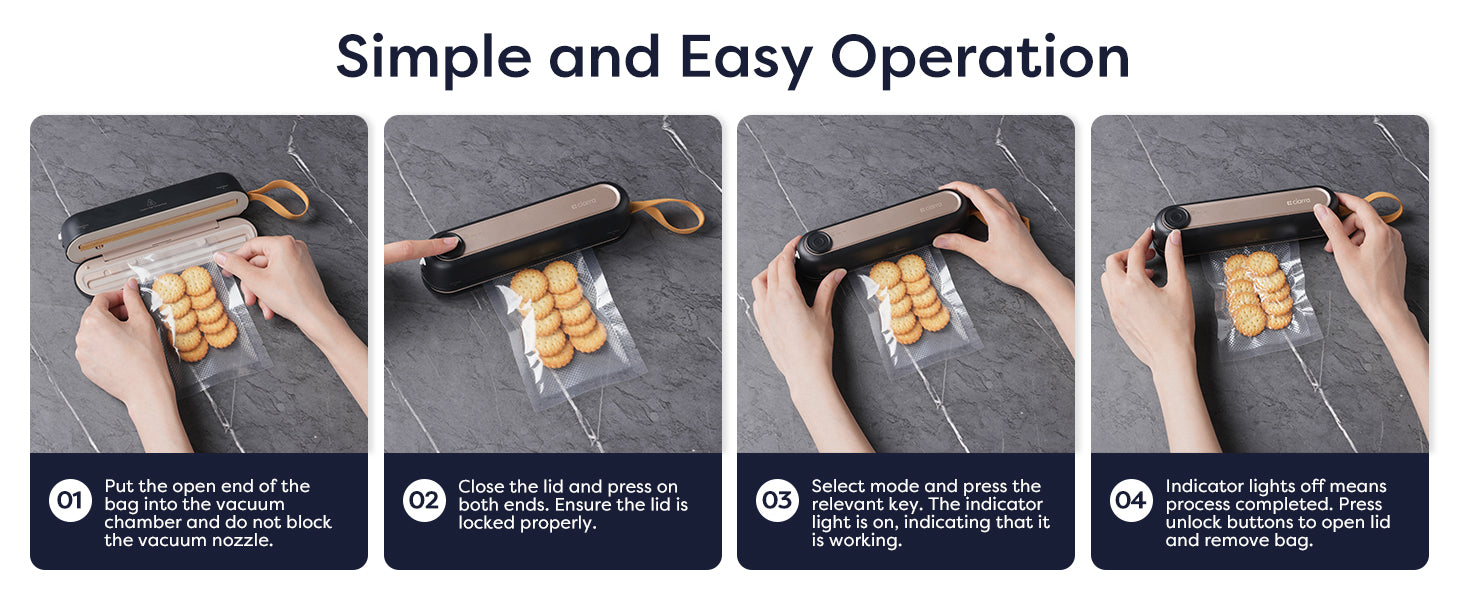
Cooking Vacuum Sealed Food
Once your food is vacuum-sealed, there are many ways to cook it:
-
Sous Vide Cooking: Vacuum-sealed bags are perfect for sous vide, a method of cooking food in hot water at a precise temperature.
- Boiling: Many vacuum-sealed bags can withstand boiling temperatures, making them ideal for cooking food like vegetables, eggs, or meats.
Can You Boil Food in Vacuum Sealed Bags?
Yes! You can boil vacuum-sealed bags, provided they are made of heat-resistant material. The Ciarra Gadgets Vacuum Sealer Bags are designed to handle the heat, making them perfect for boiling.
Related: Can You Put Warm Food in a Vacuum Sealed Bag
Can You Microwave Vacuum Sealed Bags?
While most vacuum-sealed bags can be microwaved, ensure they are labeled as microwave-safe. Always check the manufacturer's instructions to avoid any damage.
Tips for Vacuum Sealing Experience
Ready to lock in freshness with your vacuum sealer? Here are a few handy tips to make the most of your vacuum sealing experience:
Snack Sealing
If you’re sealing snack bags like potato chips or pretzels, avoid vacuuming them as it could crush your snacks. Instead, just reseal the bags to keep them fresh without damaging the contents.

Leave Space
When filling a bag with food, remember to leave some space at the top before placing it into the vacuum sealer. This allows the machine to properly remove air and create a tight seal.
Blanch Vegetables
To help preserve the vibrant color and texture of vegetables like green beans and broccoli, it’s a good idea to blanch them before sealing and freezing. This process helps maintain their freshness for longer.

Speed Up Marination
Forgot to marinate your meat or vegetables in advance? No worries! Vacuum sealing can speed up the marination process, allowing your food to soak up flavors in just 30 minutes.

Seal Non-Food Items
Vacuum sealers aren’t just for food! You can also use them to preserve holiday ornaments, keeping them safe from dust and making storage easier.
Ciarra Gadgets Portable Wireless Vacuum Sealer Machine: A Perfect Companion for Food Preservation
The Ciarra Gadgets Portable Wireless Vacuum Sealer Machine is an excellent choice for those looking for a compact, powerful, and user-friendly vacuum sealing solution. With three modes to suit your needs, powerful suction for perfect seals, and easy-to-use touch controls, this vacuum sealer ensures that your food stays fresh for longer. Plus, it’s portable, easy to store, and operates quietly, making it an ideal kitchen gadget for any home. Shop Now.

FAQs
Can I Vacuum Seal Liquids?
Yes, you can vacuum seal liquids, but it requires a bit of extra care. Many vacuum sealers come with a special setting or accessory to handle liquids without creating a mess. You can freeze the liquid first, allowing it to solidify, then vacuum seal it to prevent leakage. Be sure to avoid vacuum sealing liquid directly unless your vacuum sealer is designed for it.
What Food Cannot Be Vacuum Sealed?
There are a few types of food that should not be vacuum sealed. These include soft cheeses, whole apples, bananas, mushrooms, raw onions and garlic, cabbage, lettuce, and freshly cooked vegetables (unless cooled). Some vegetables like cucumbers and potatoes don’t retain their texture well after freezing and thawing, so they’re not ideal for sealing.
Can You Put Warm Food in a Vacuum Sealed Bag?
It’s not recommended to vacuum seal warm food directly as it can increase the internal temperature of the food and the vacuum sealer, potentially affecting the quality of both. Ideally, you should allow food to cool before sealing it. However, if you’re in a hurry, you can place the food in the refrigerator to cool slightly before vacuum sealing.
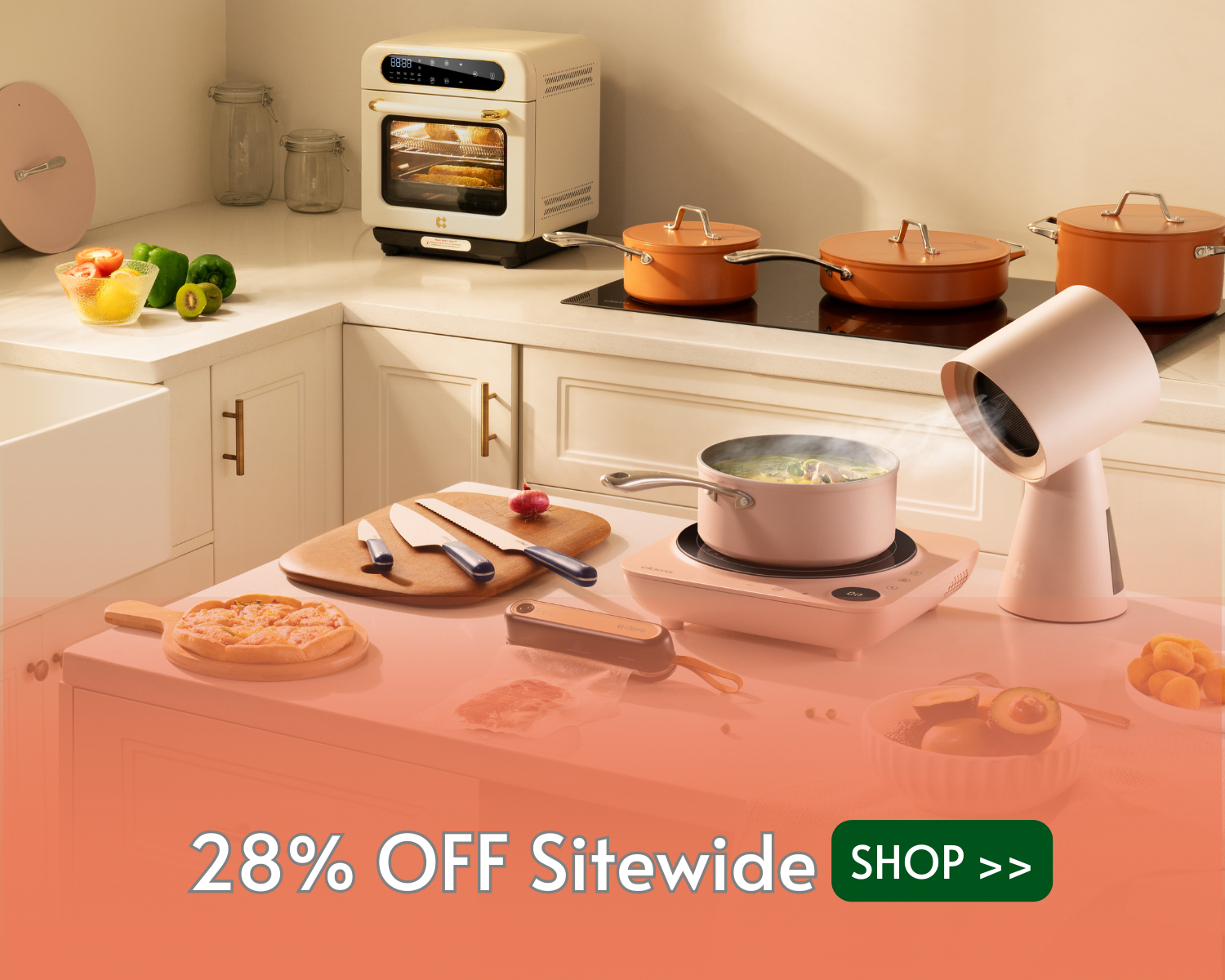
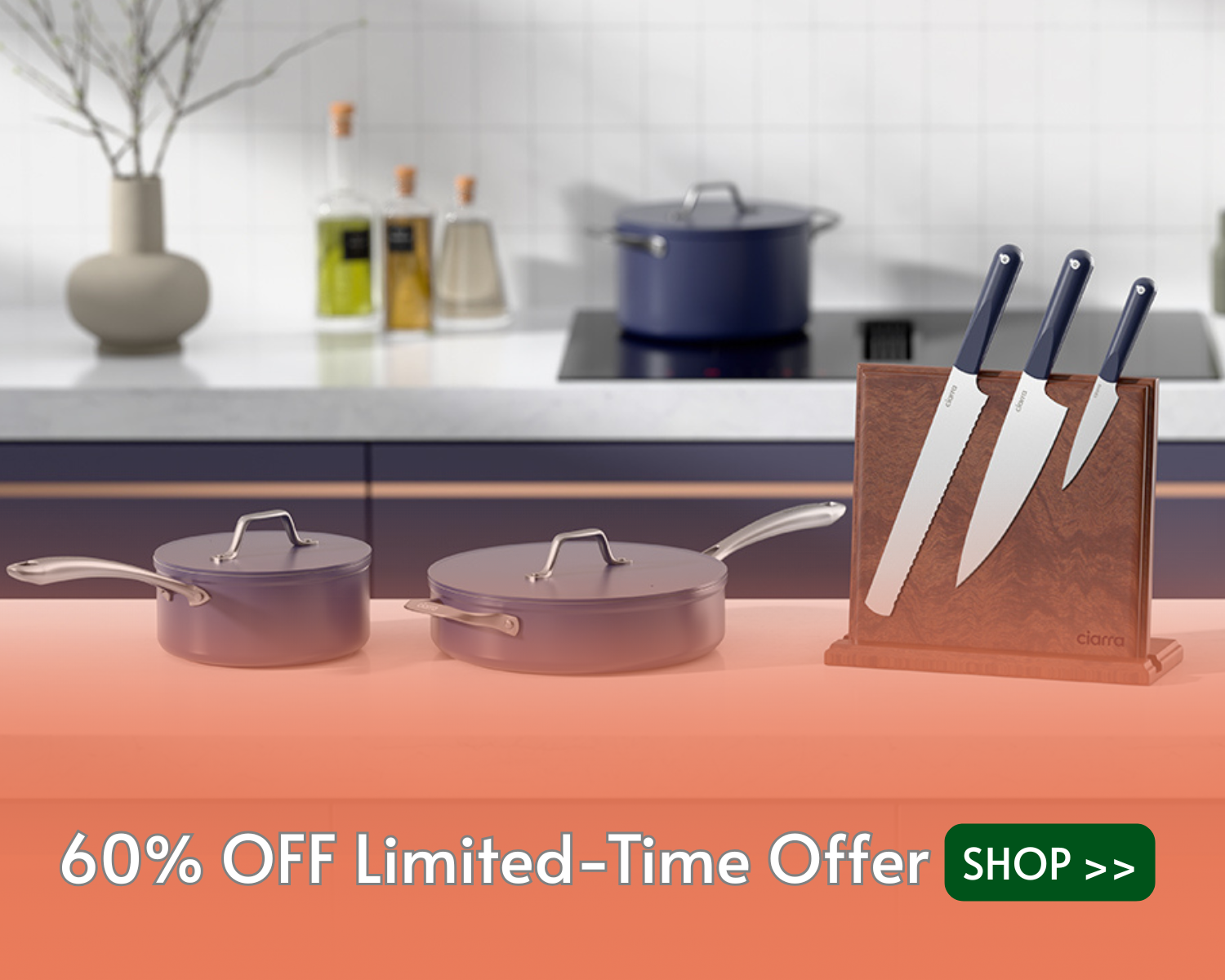
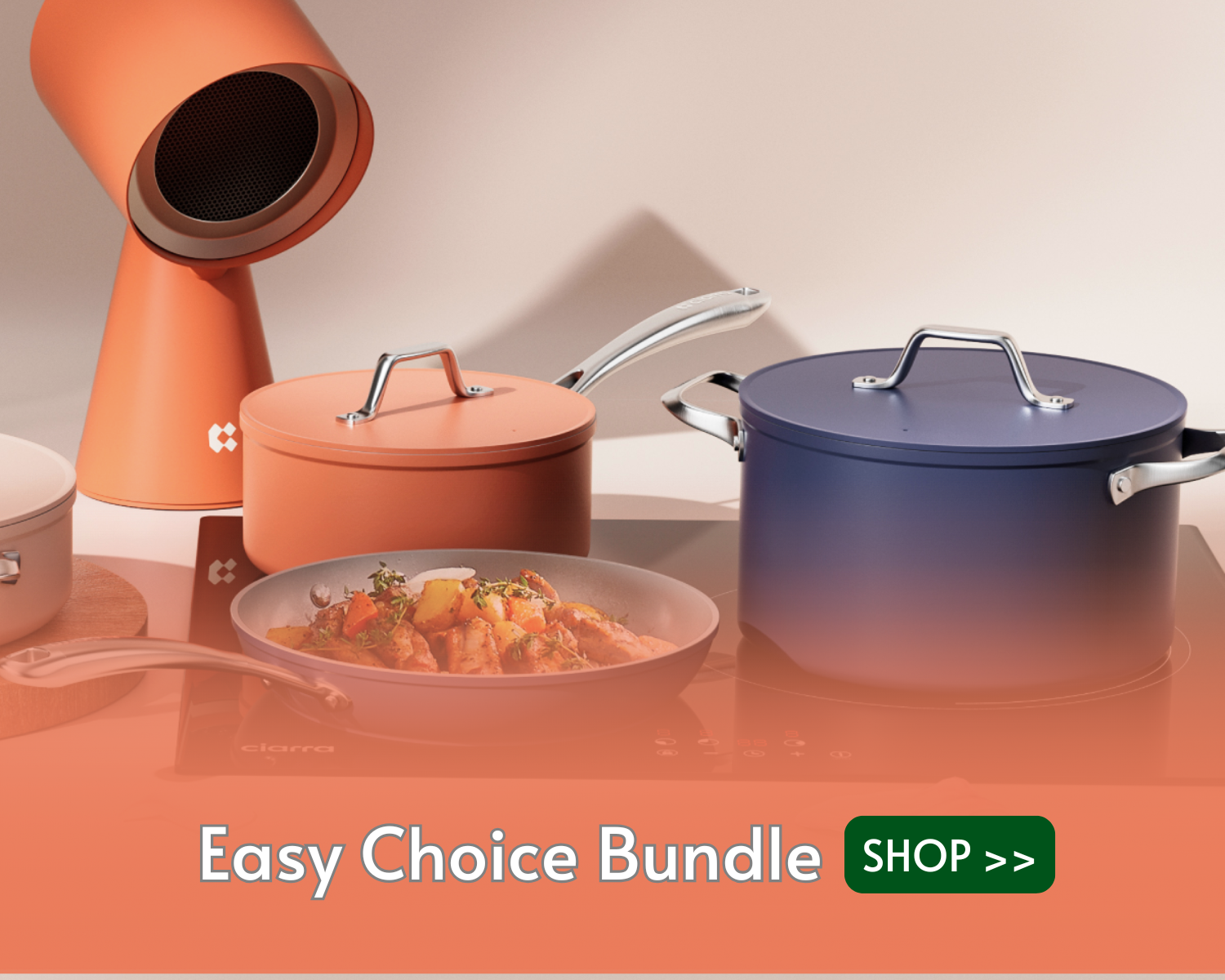
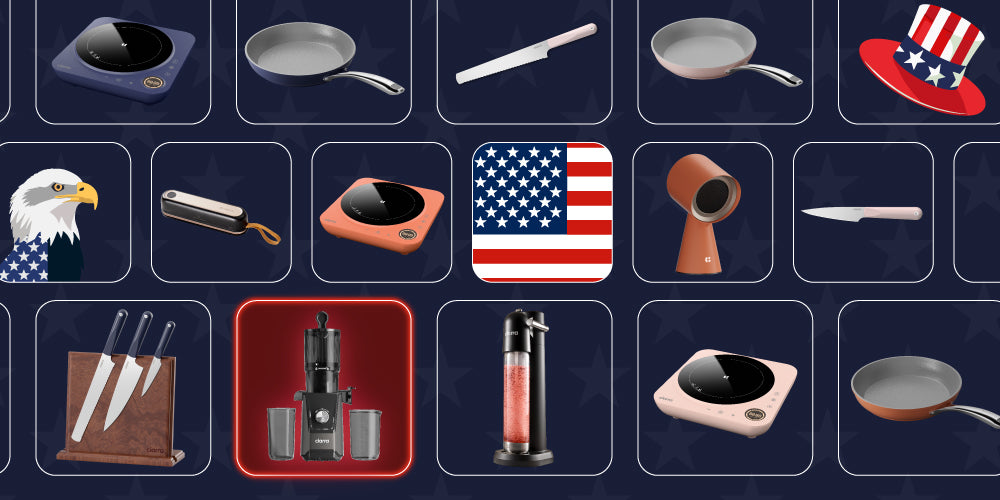
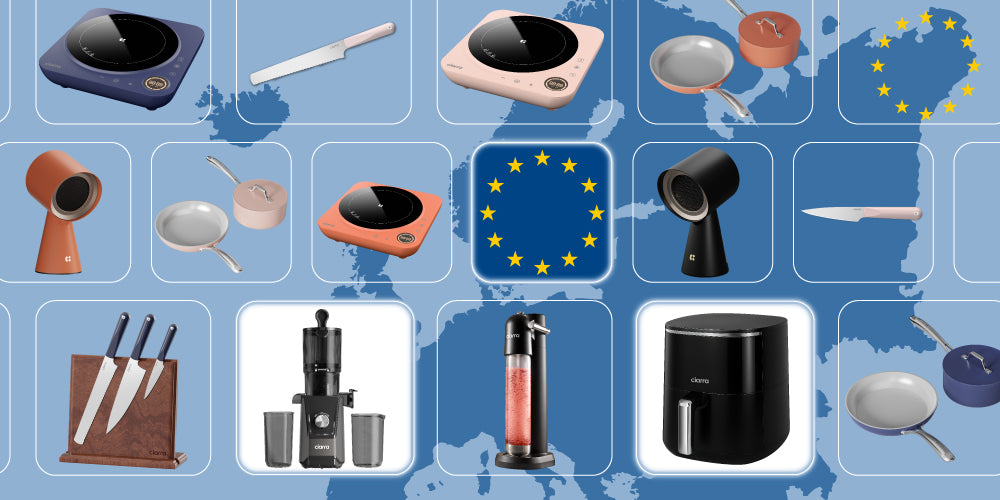
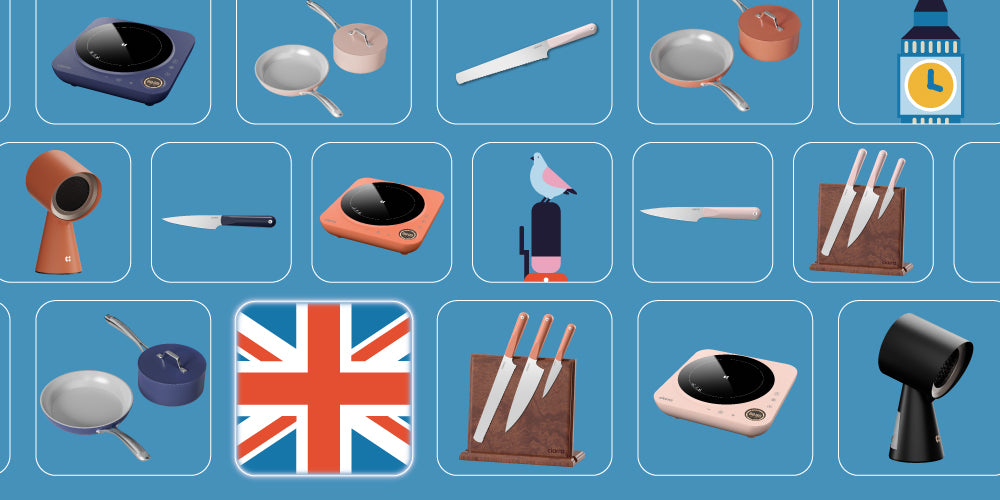
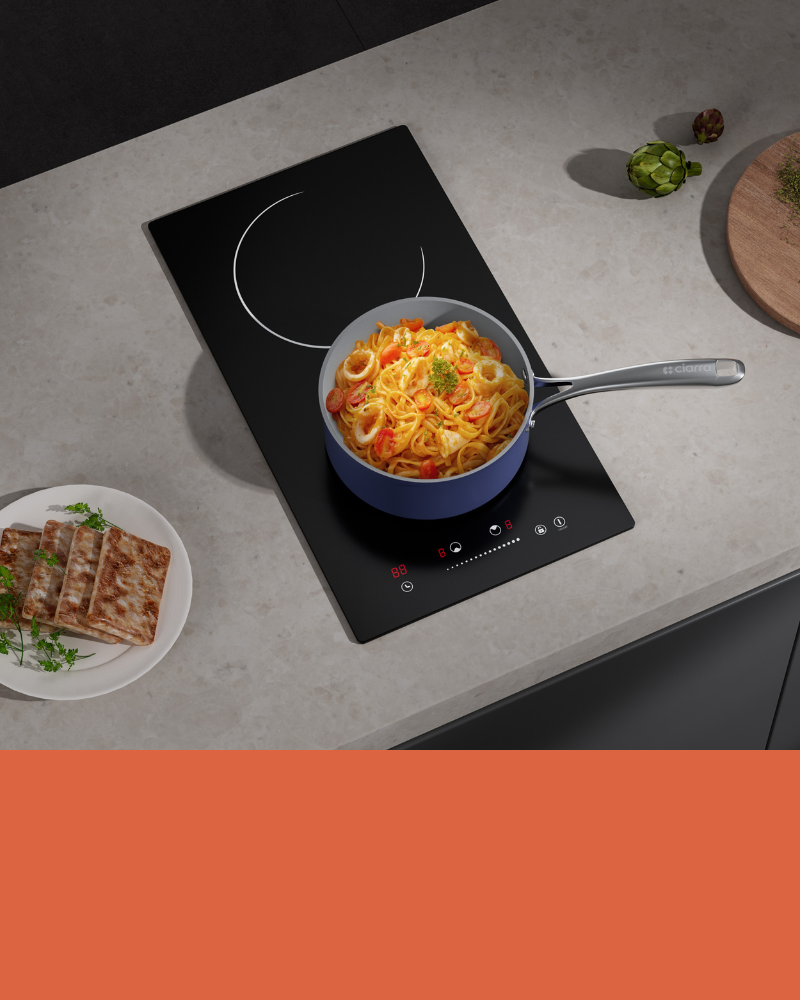
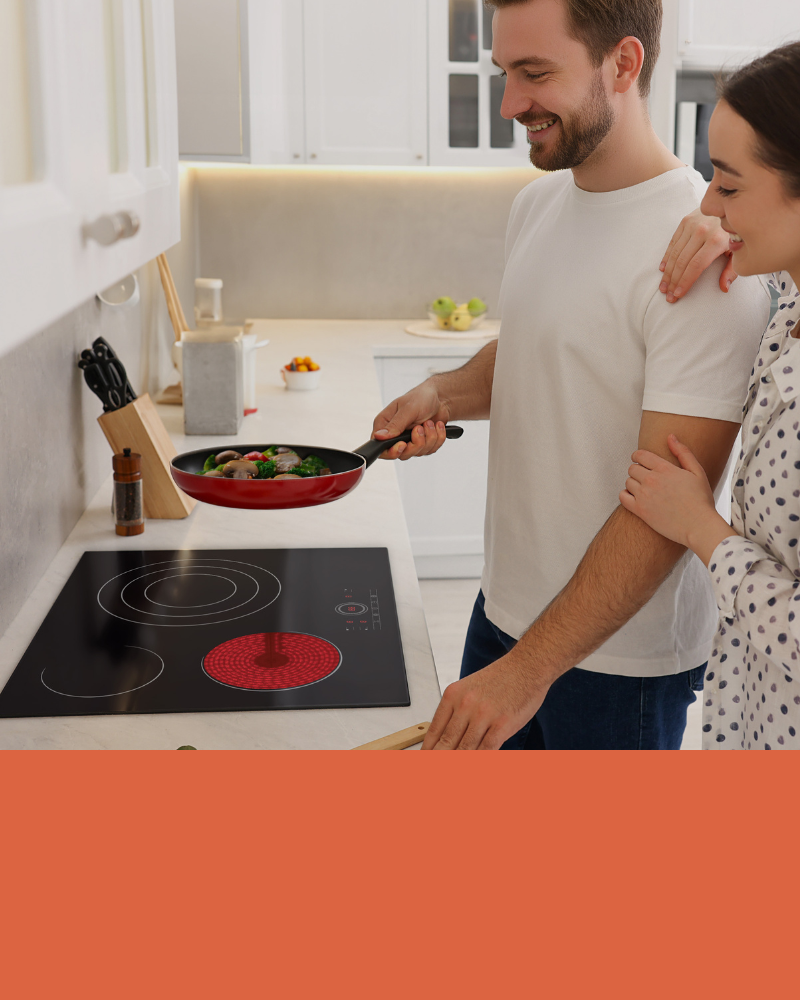
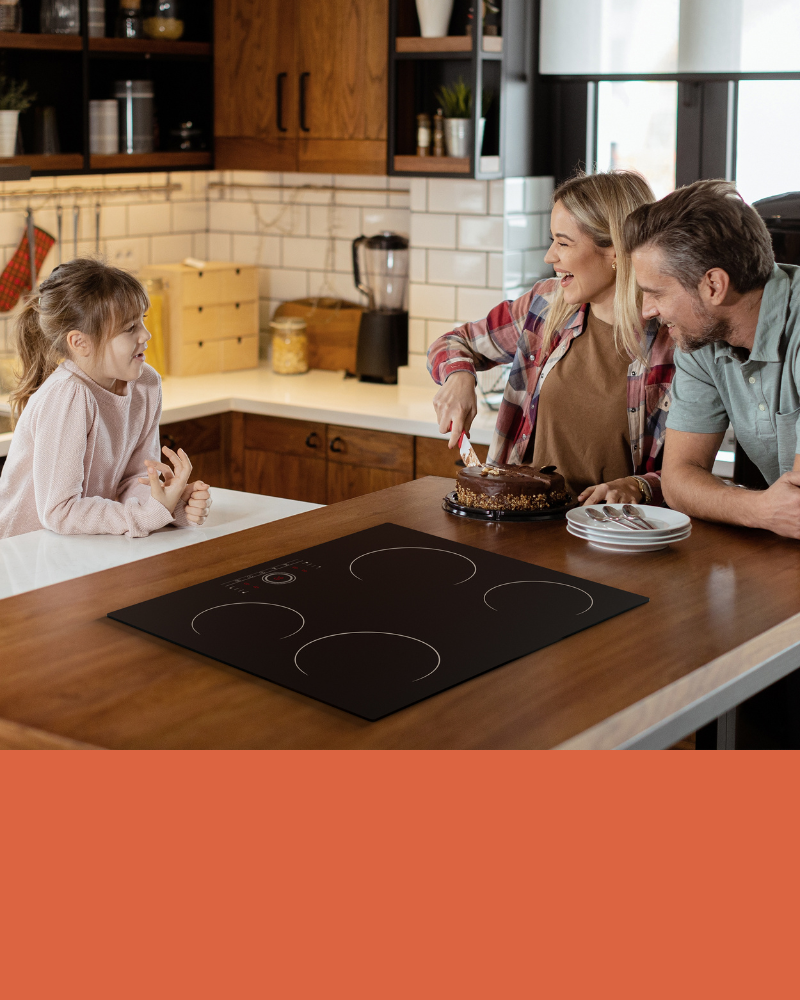
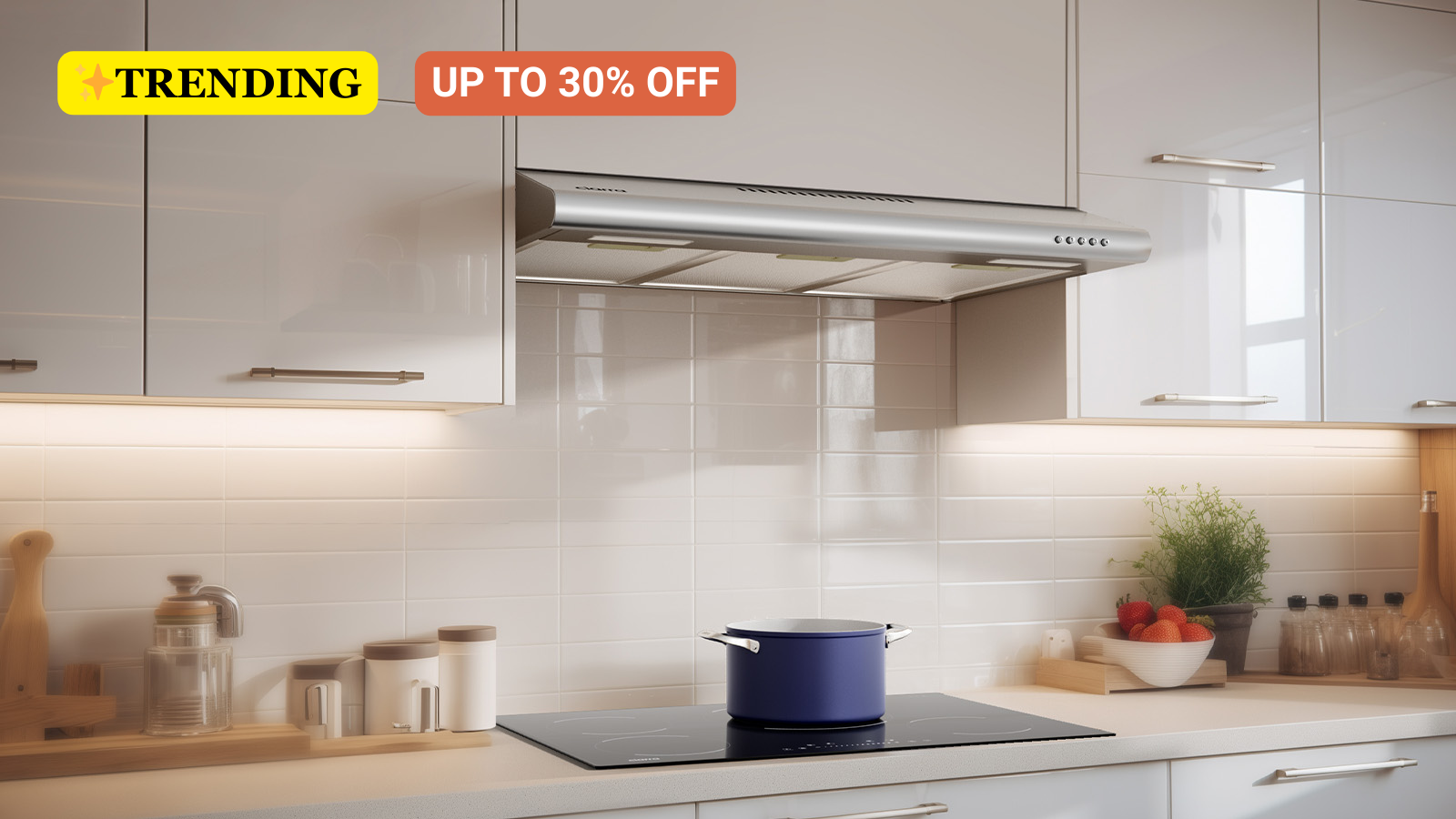
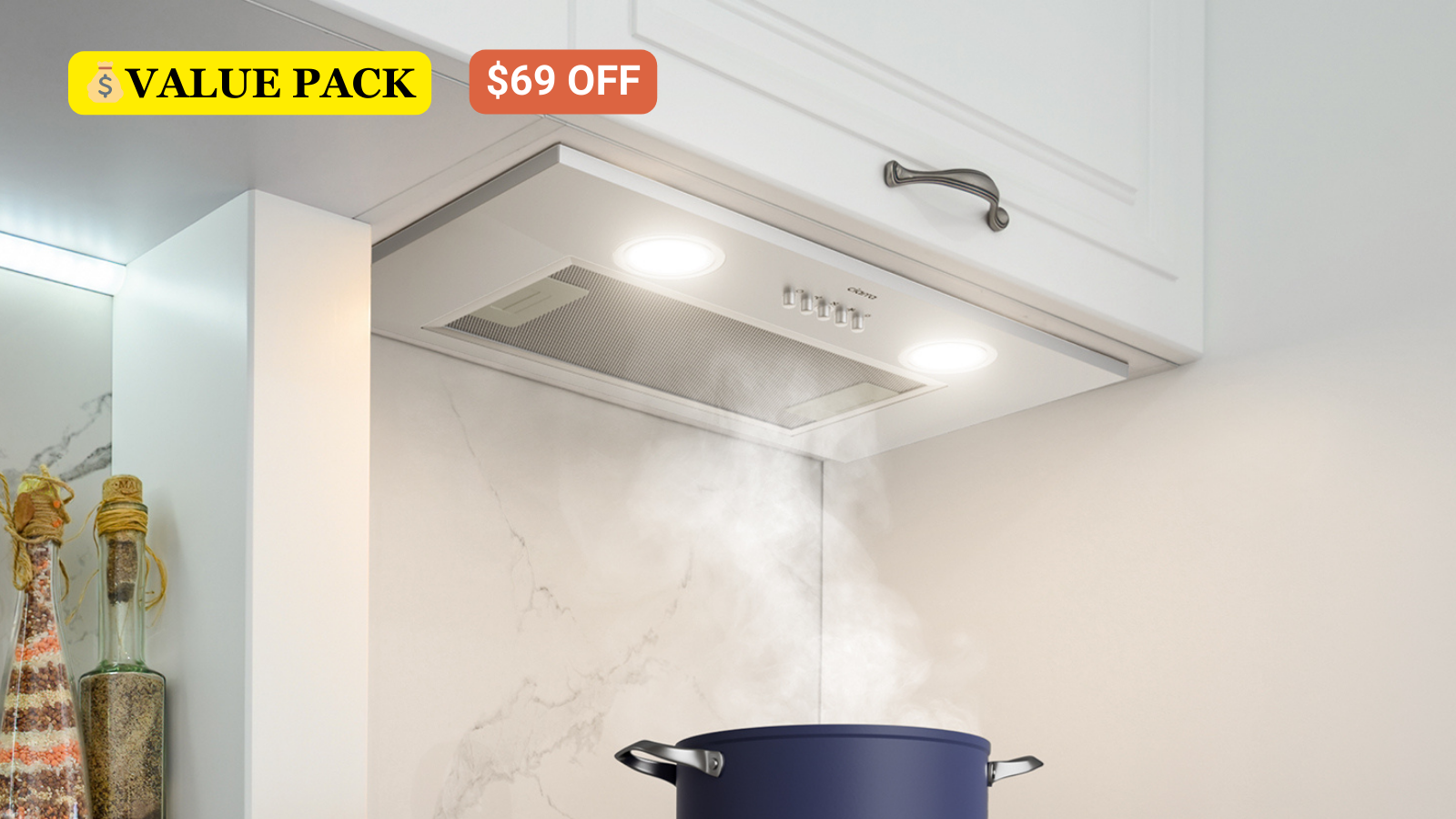
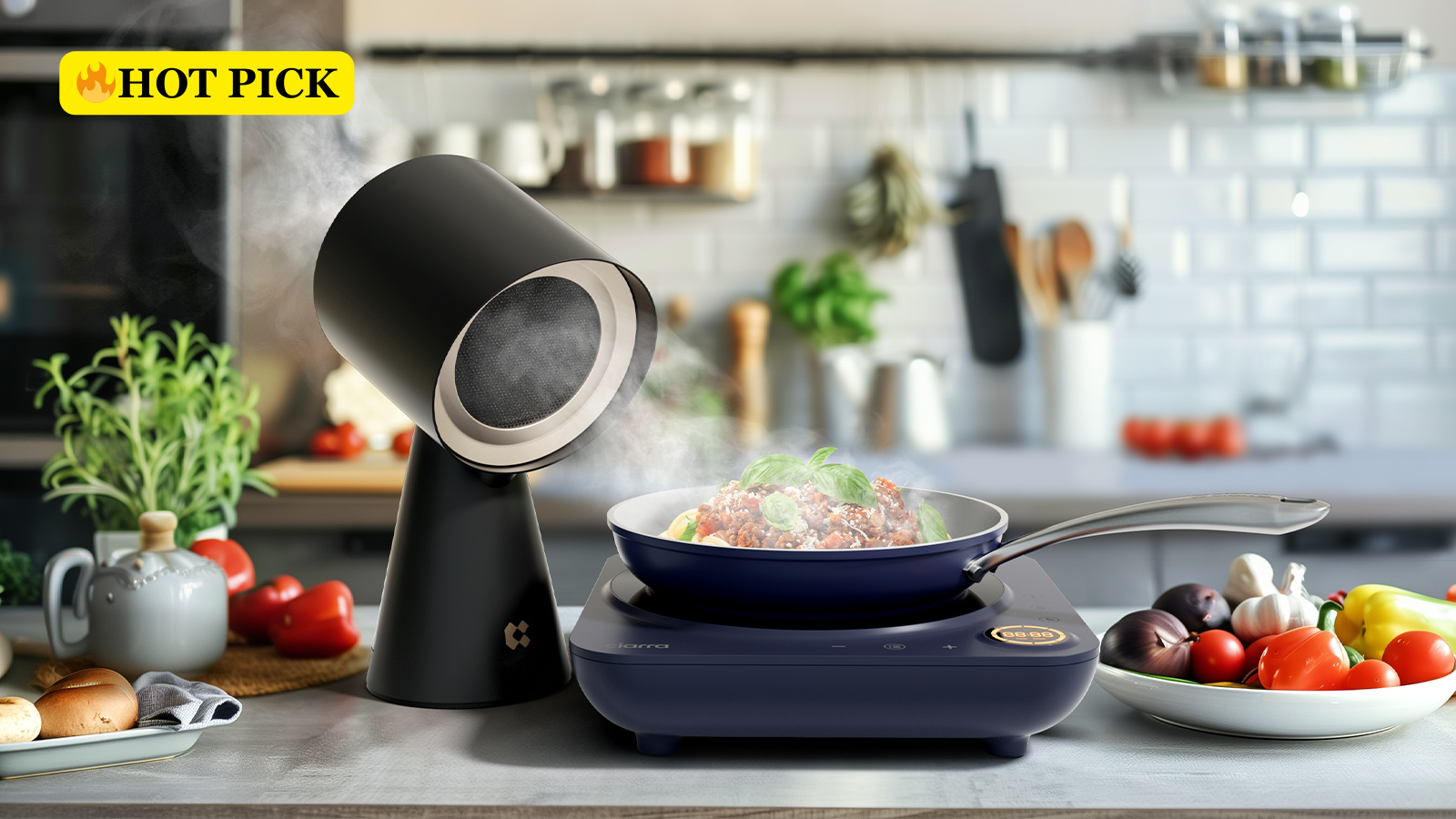
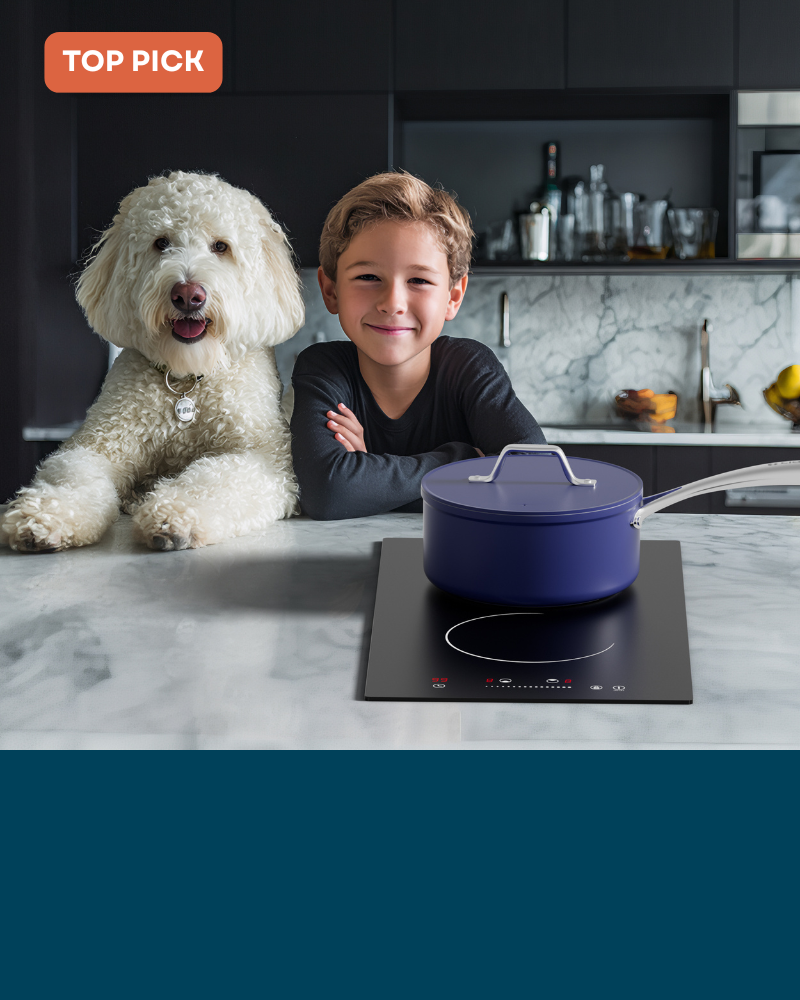
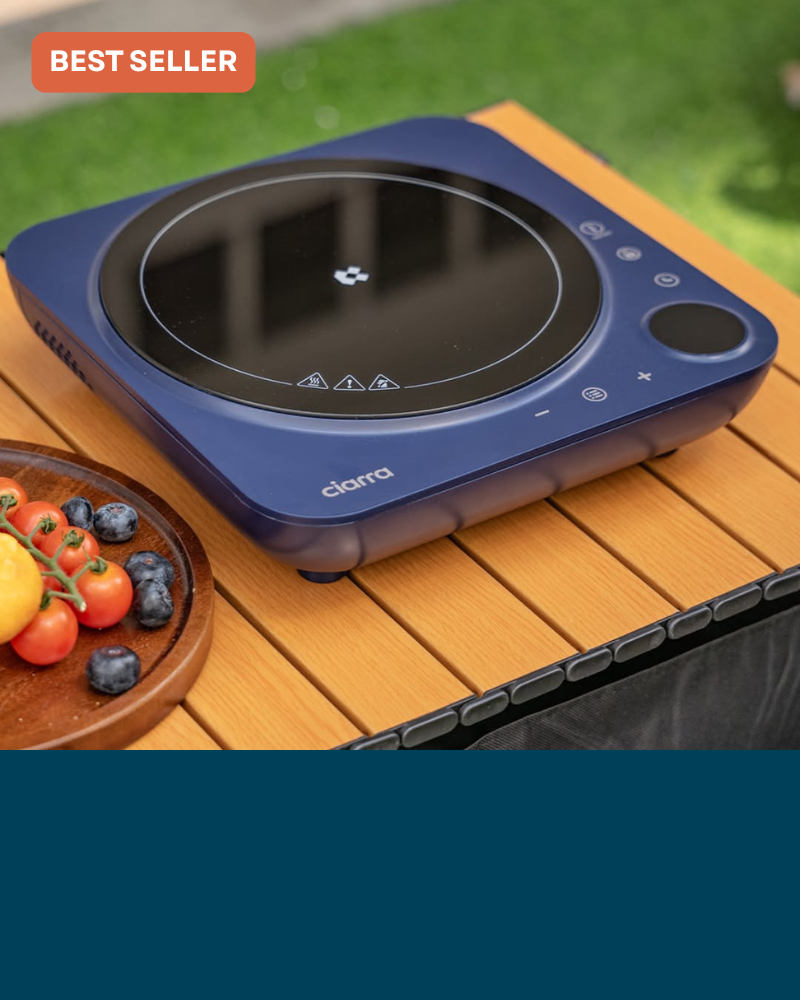
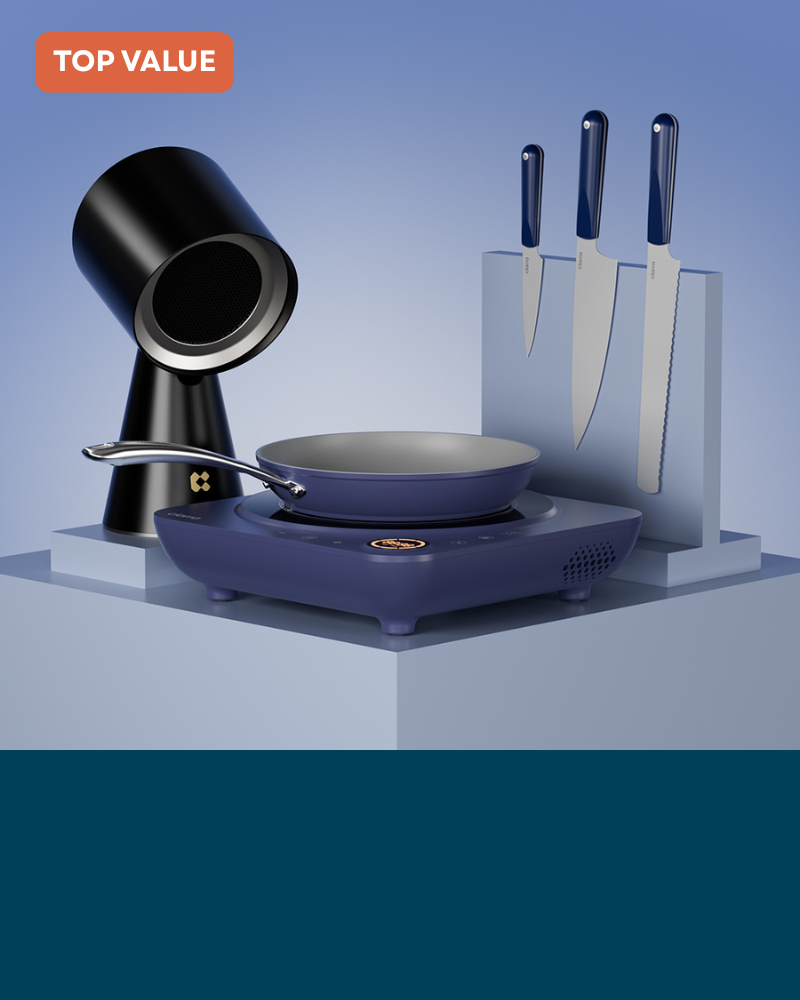
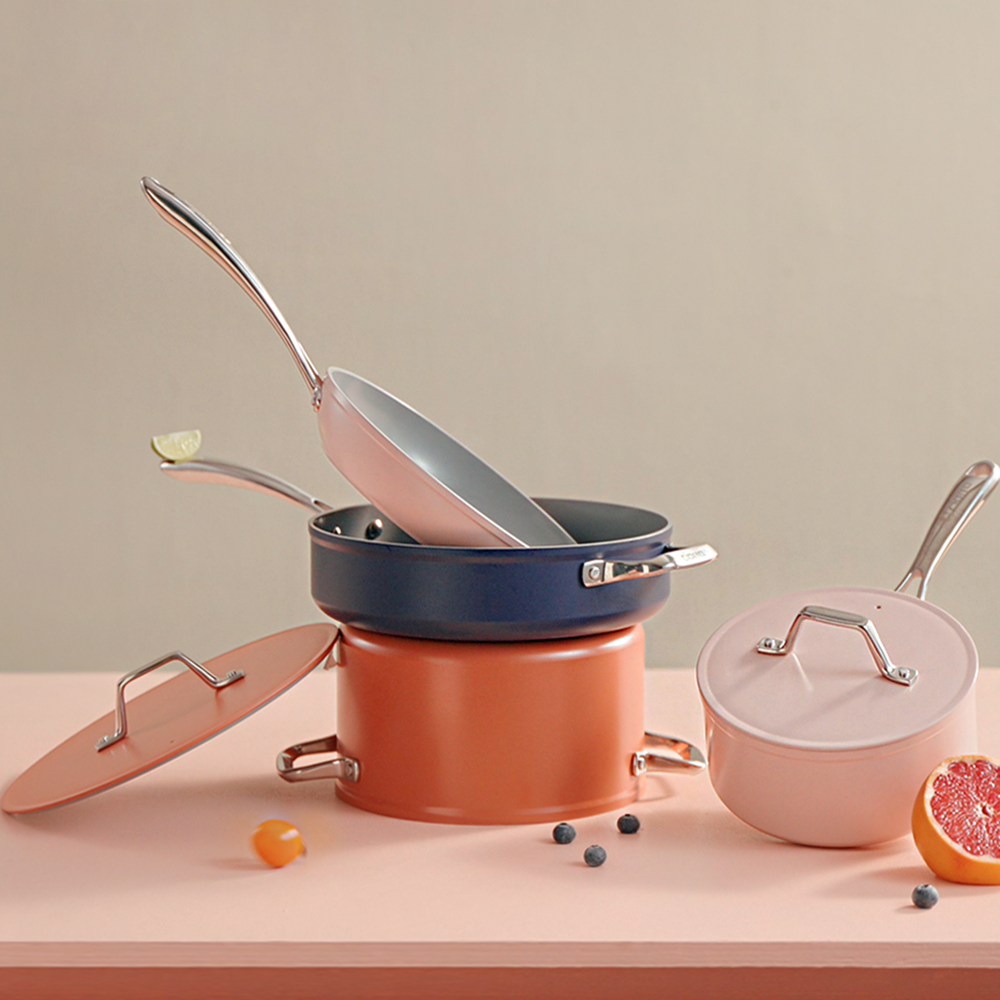
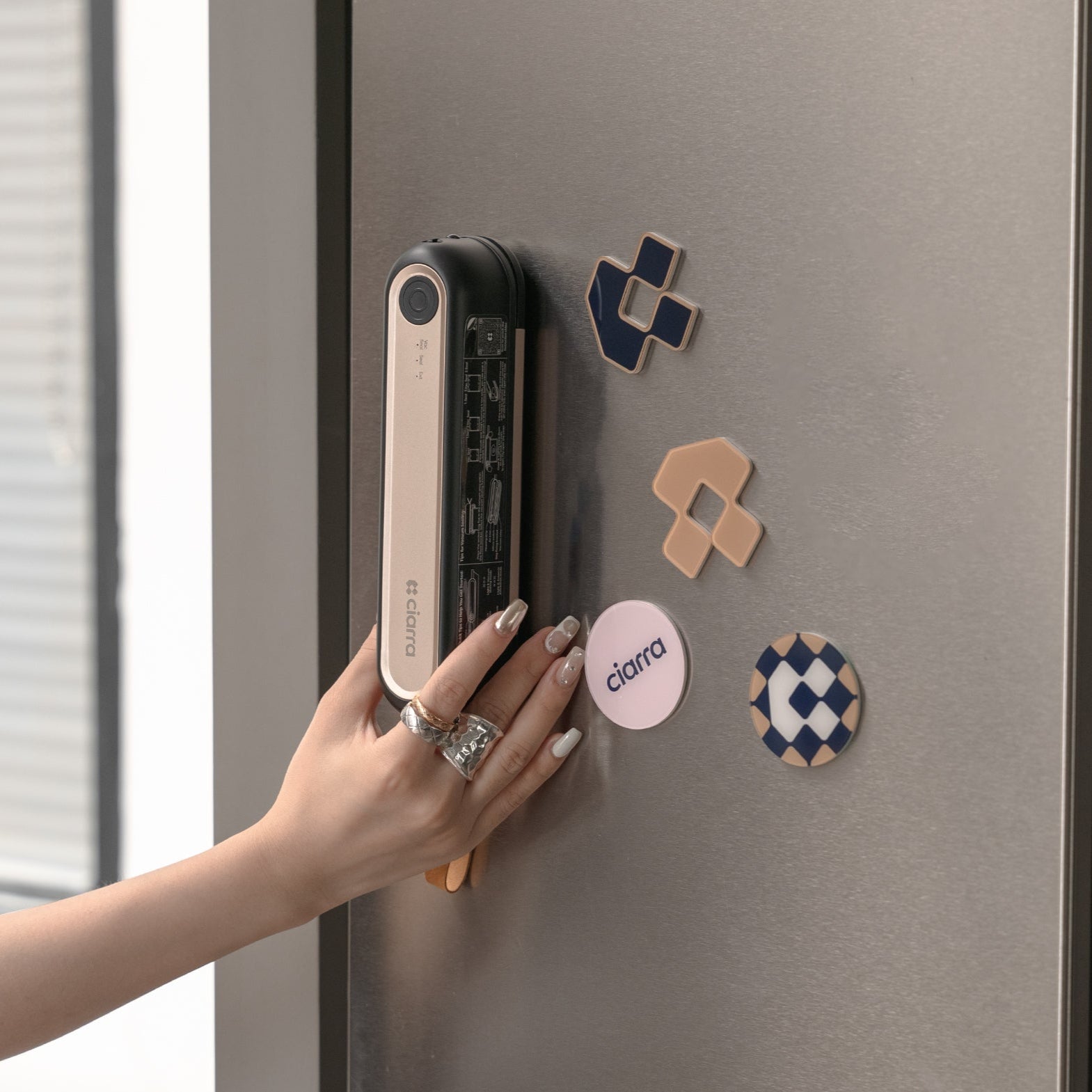
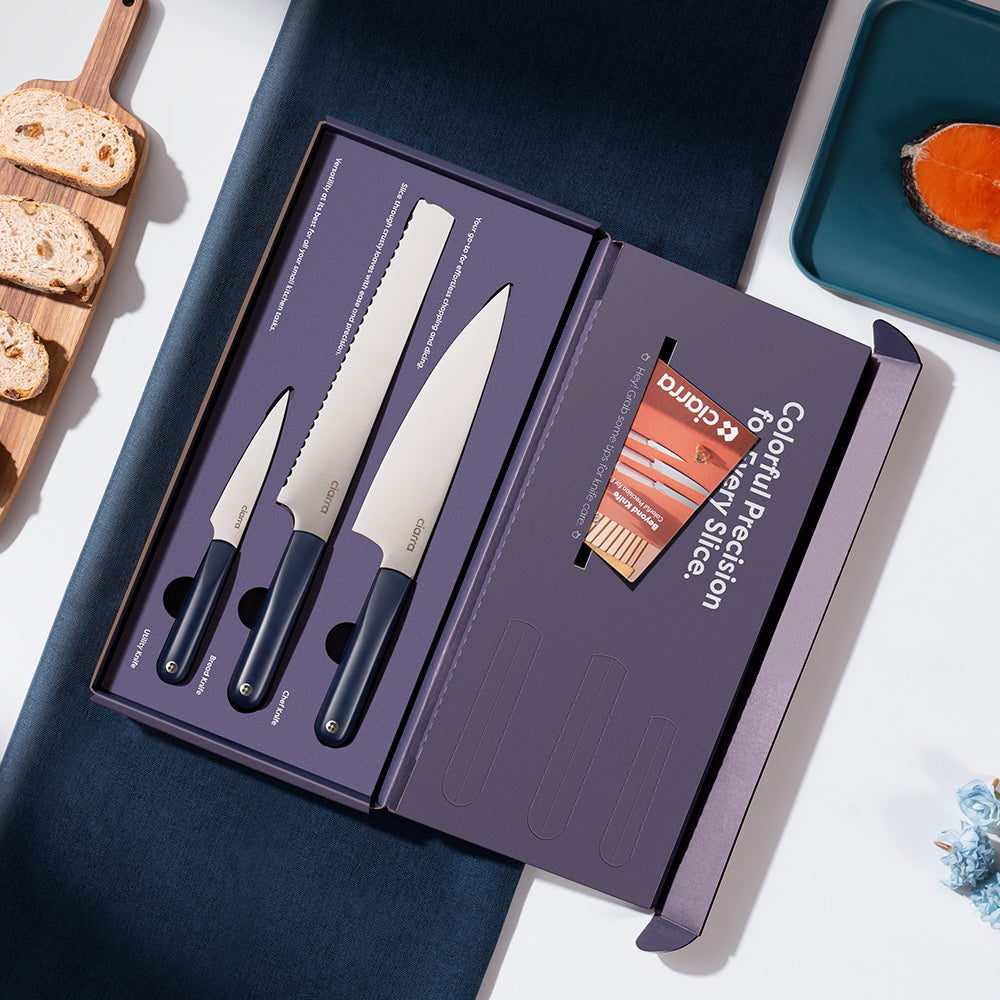

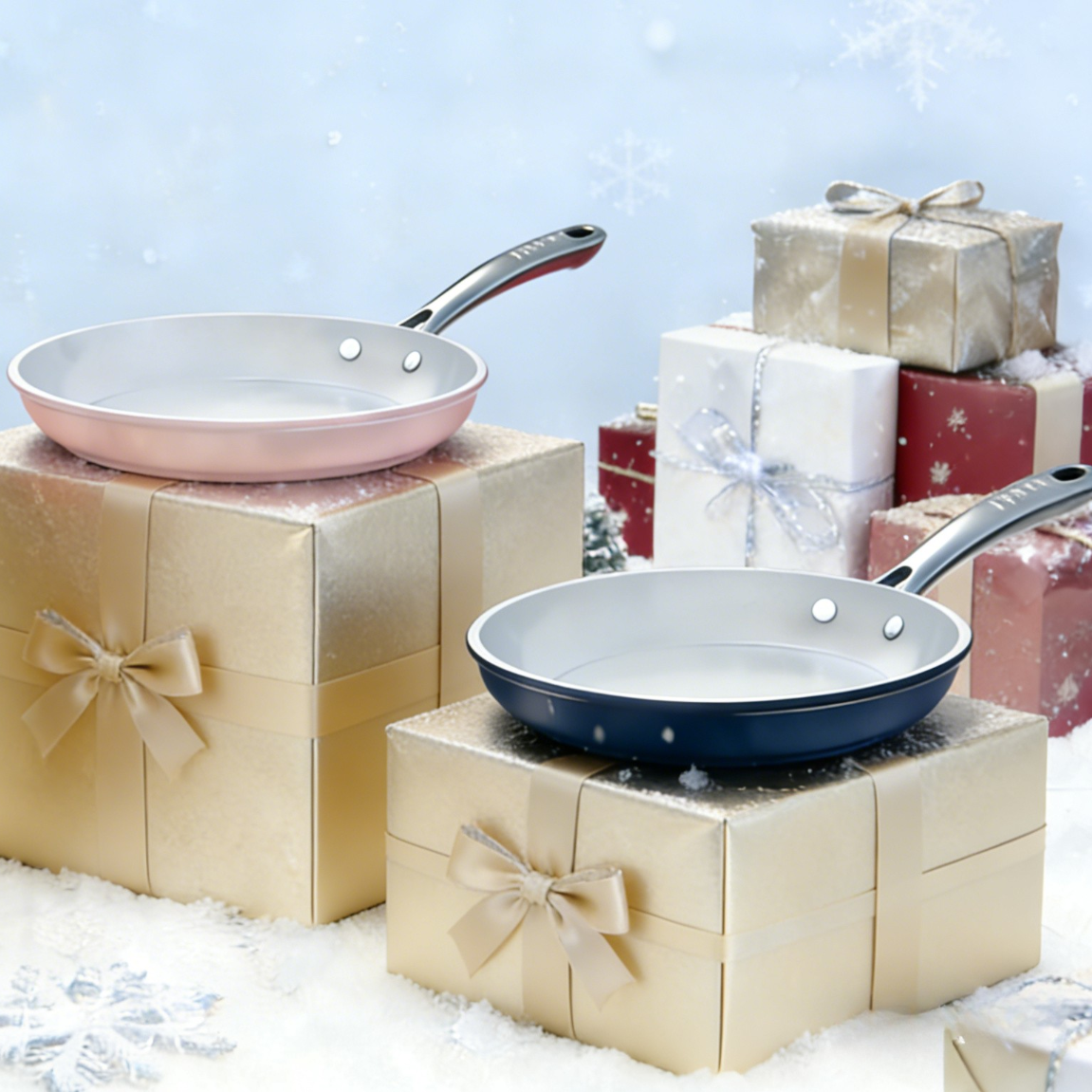
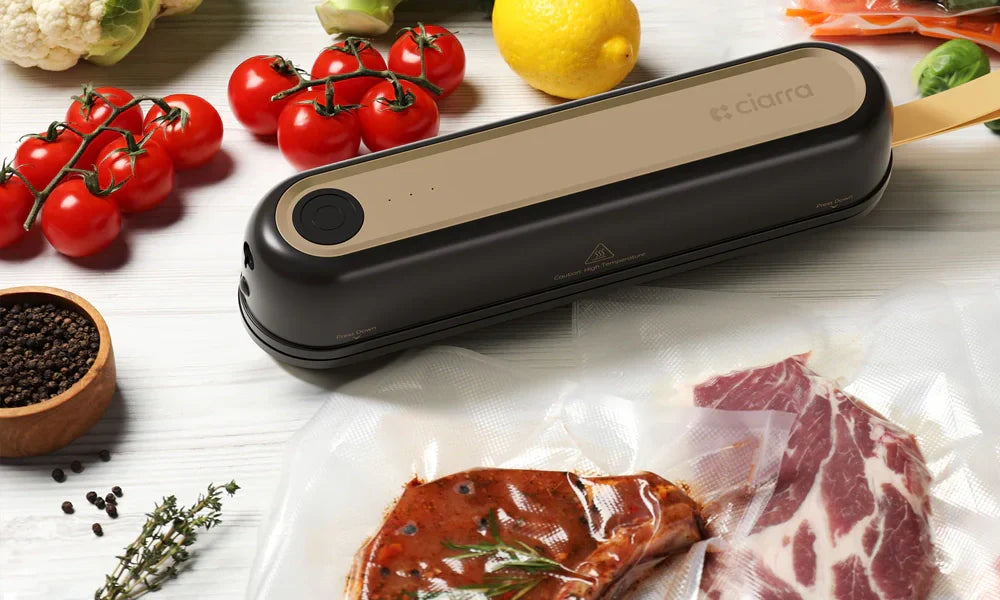
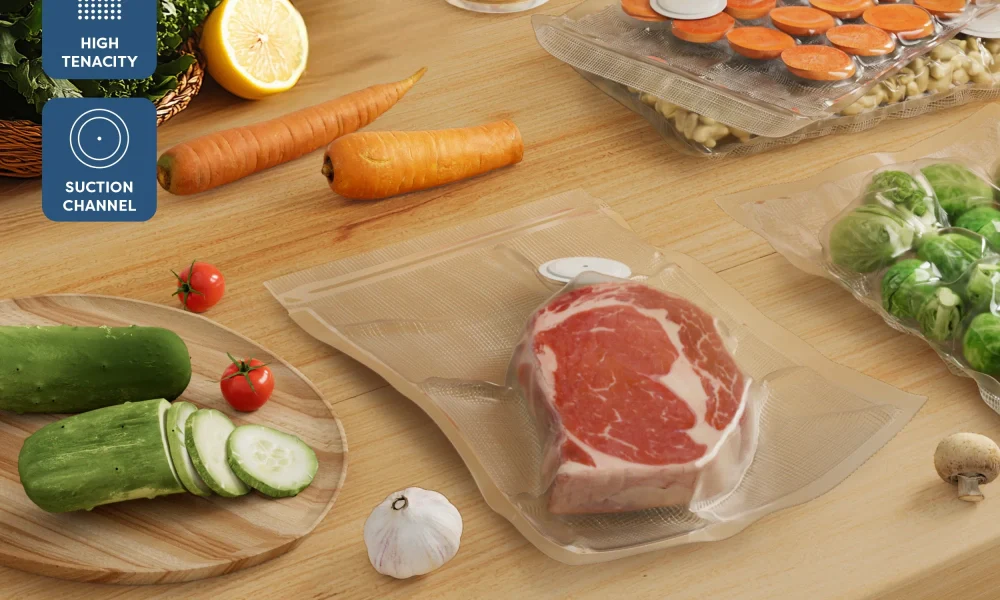
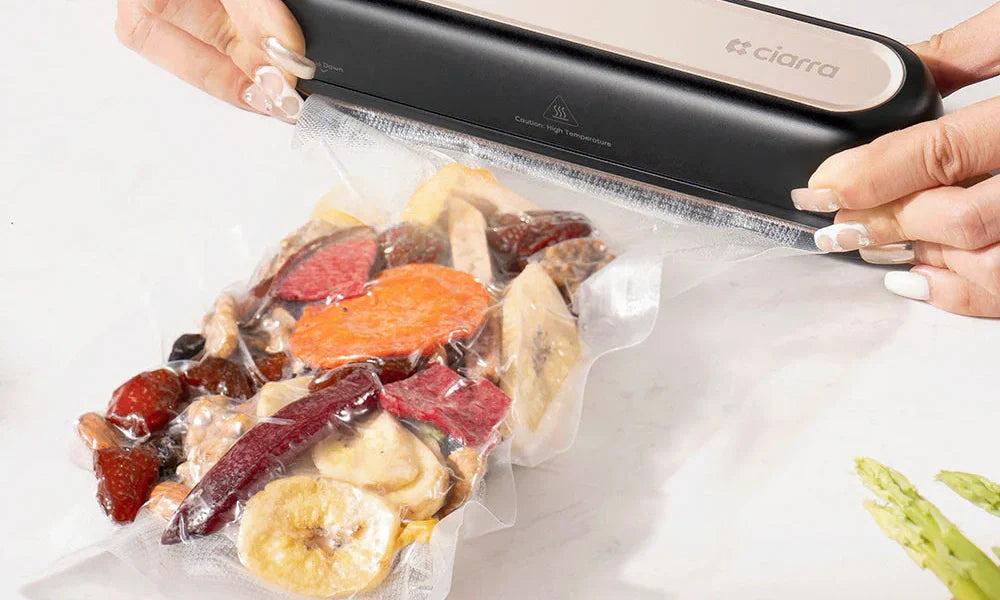
Leave a comment
All comments are moderated before being published.
This site is protected by hCaptcha and the hCaptcha Privacy Policy and Terms of Service apply.